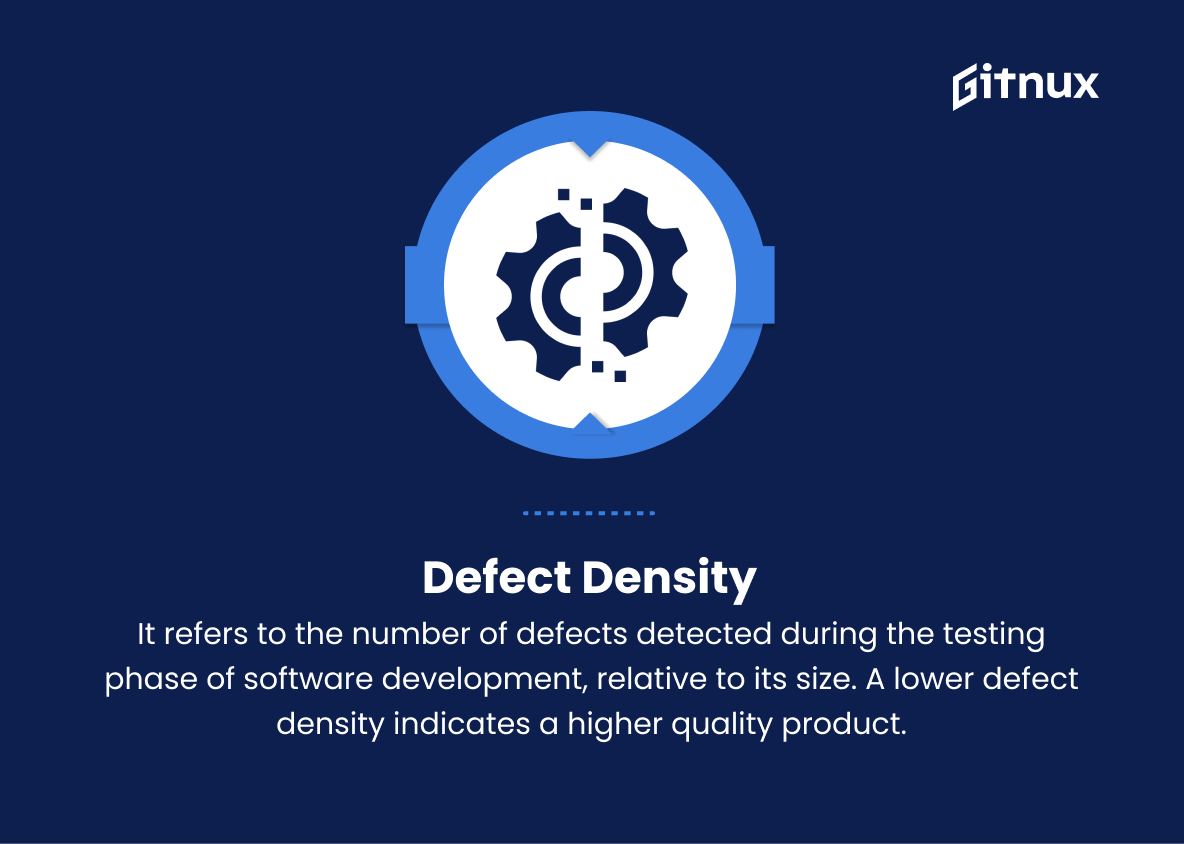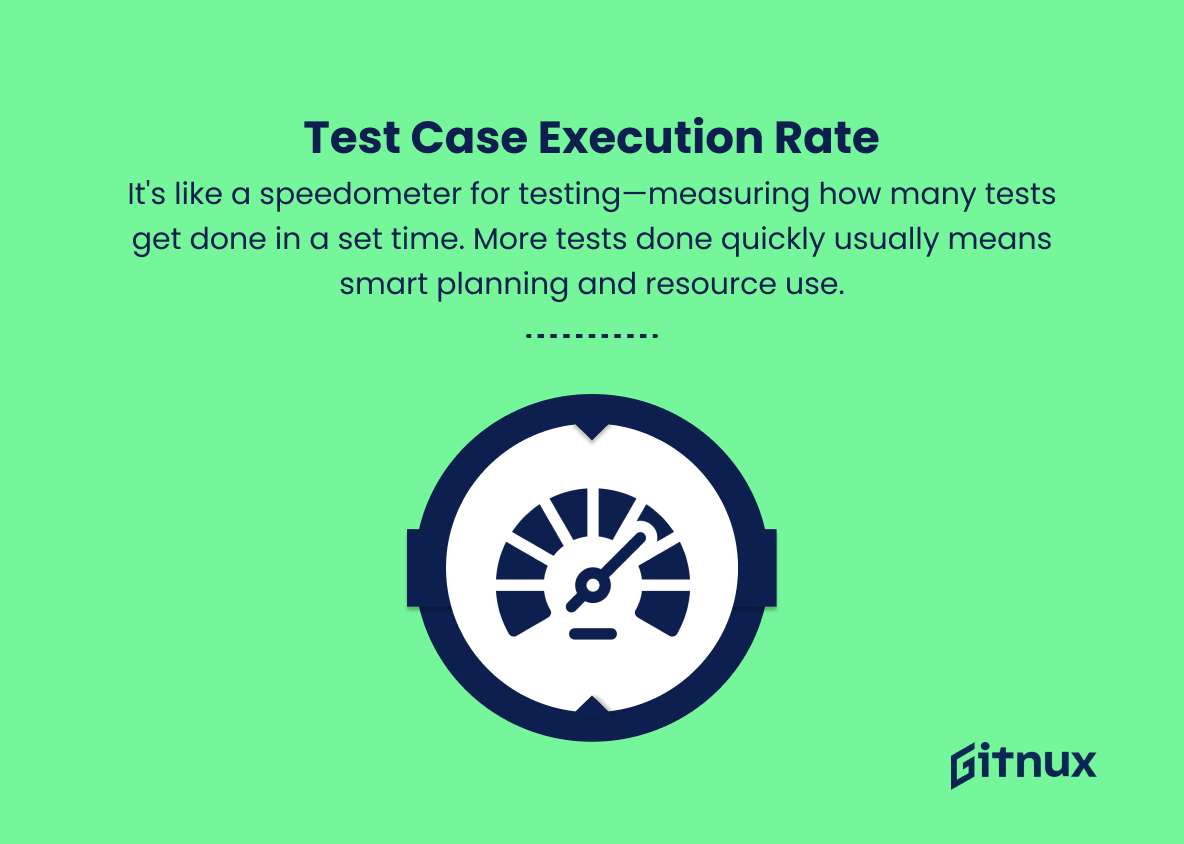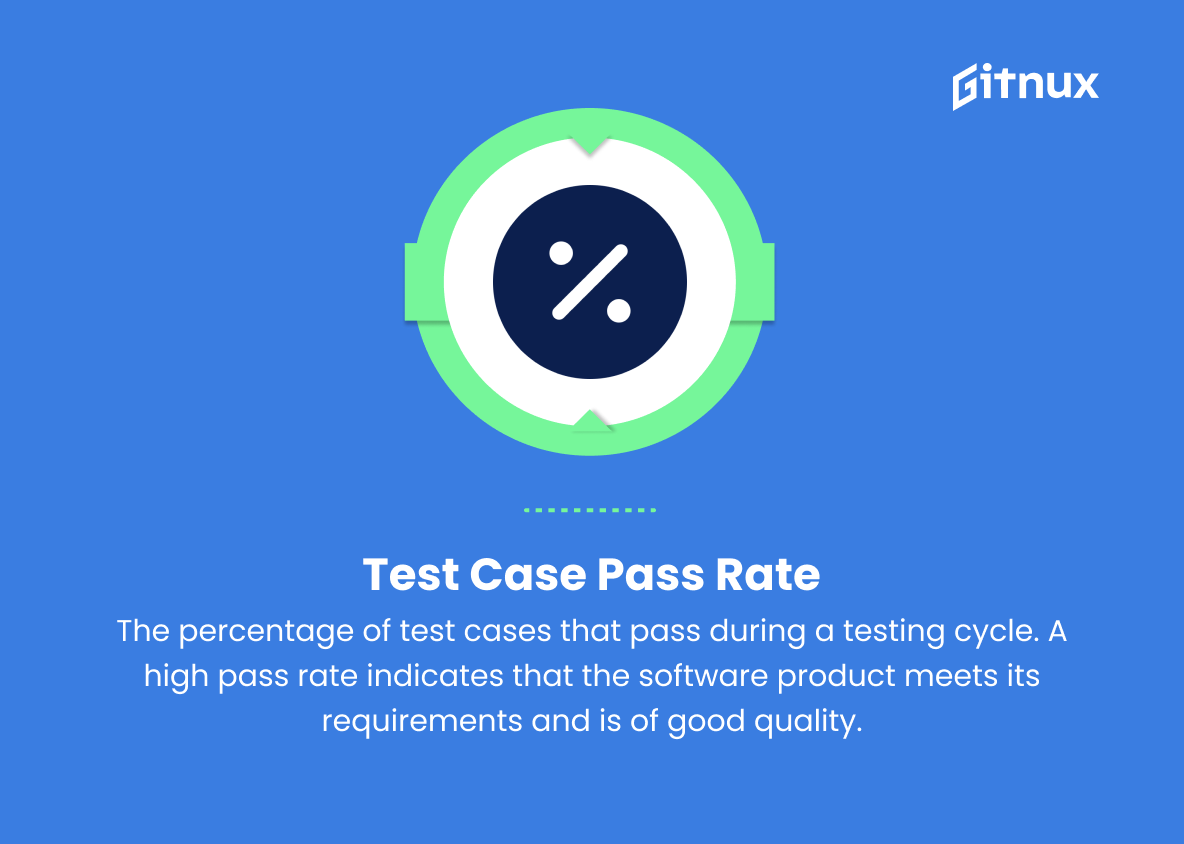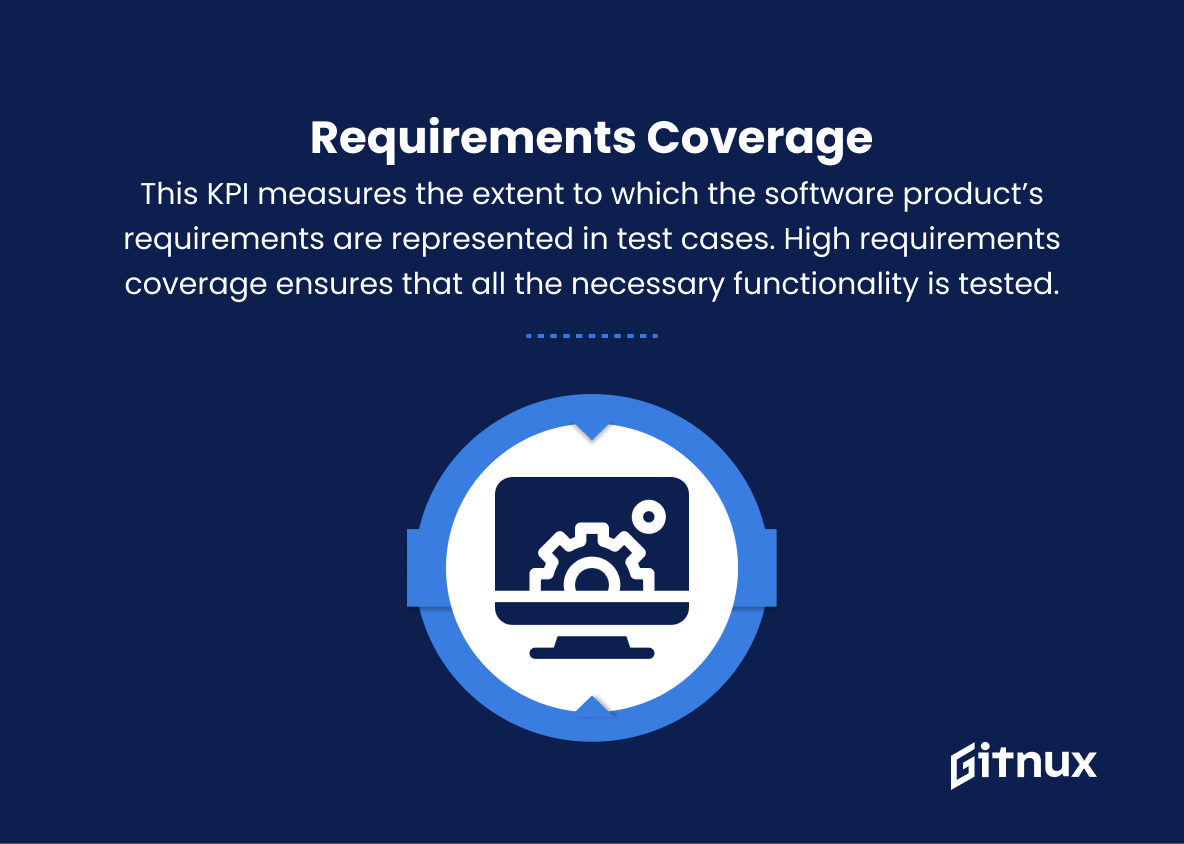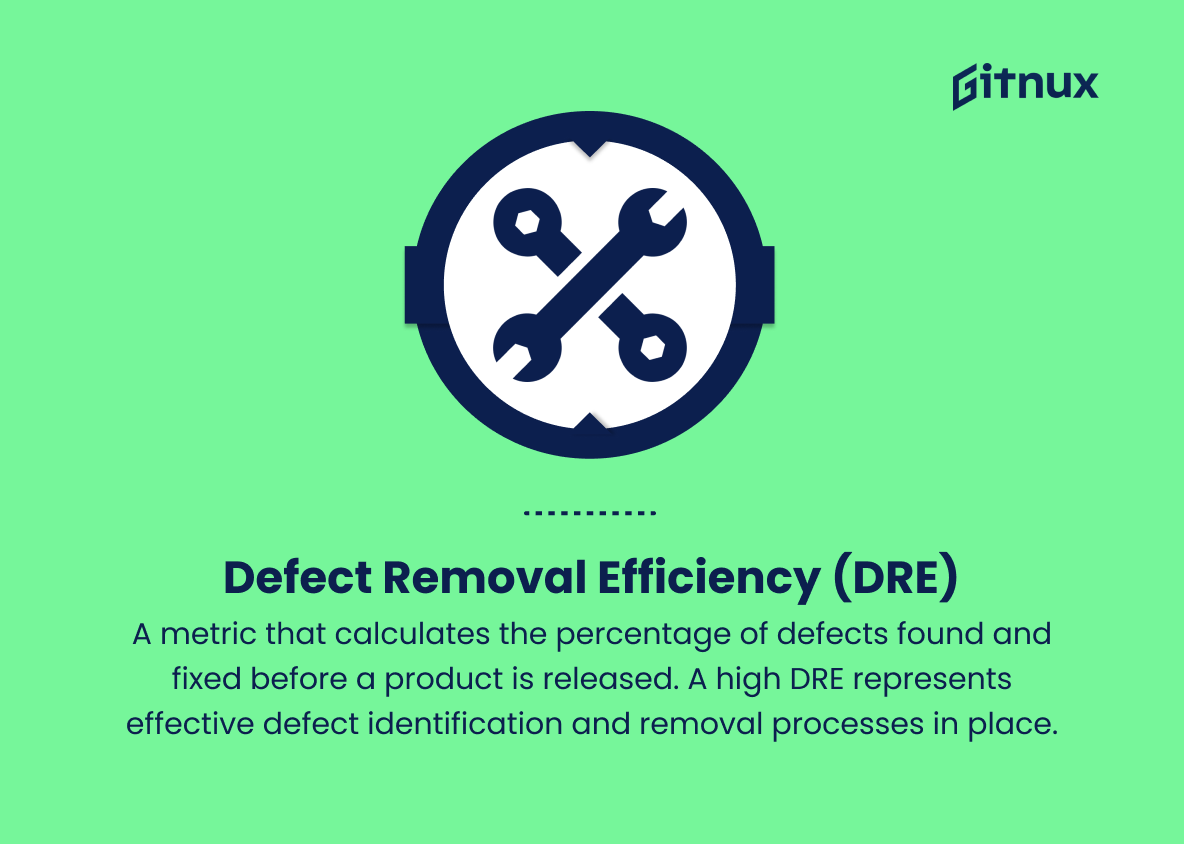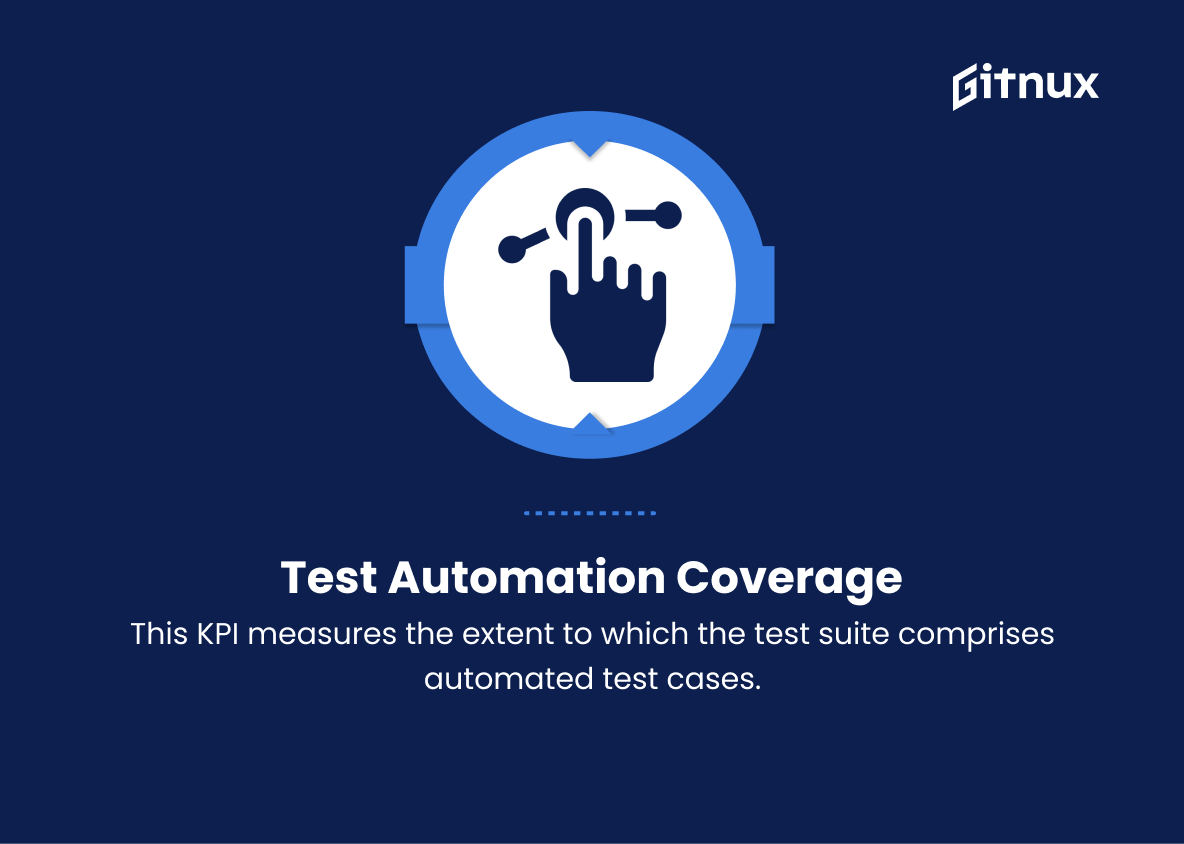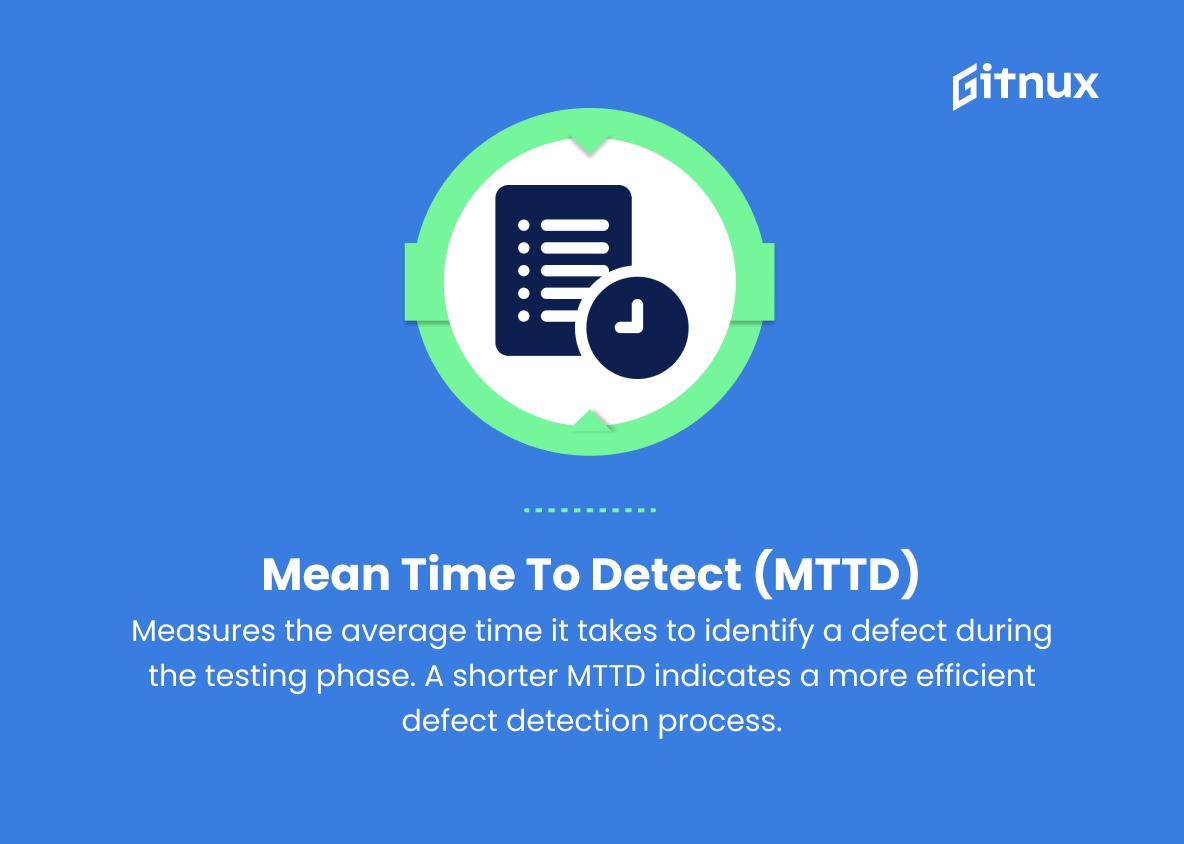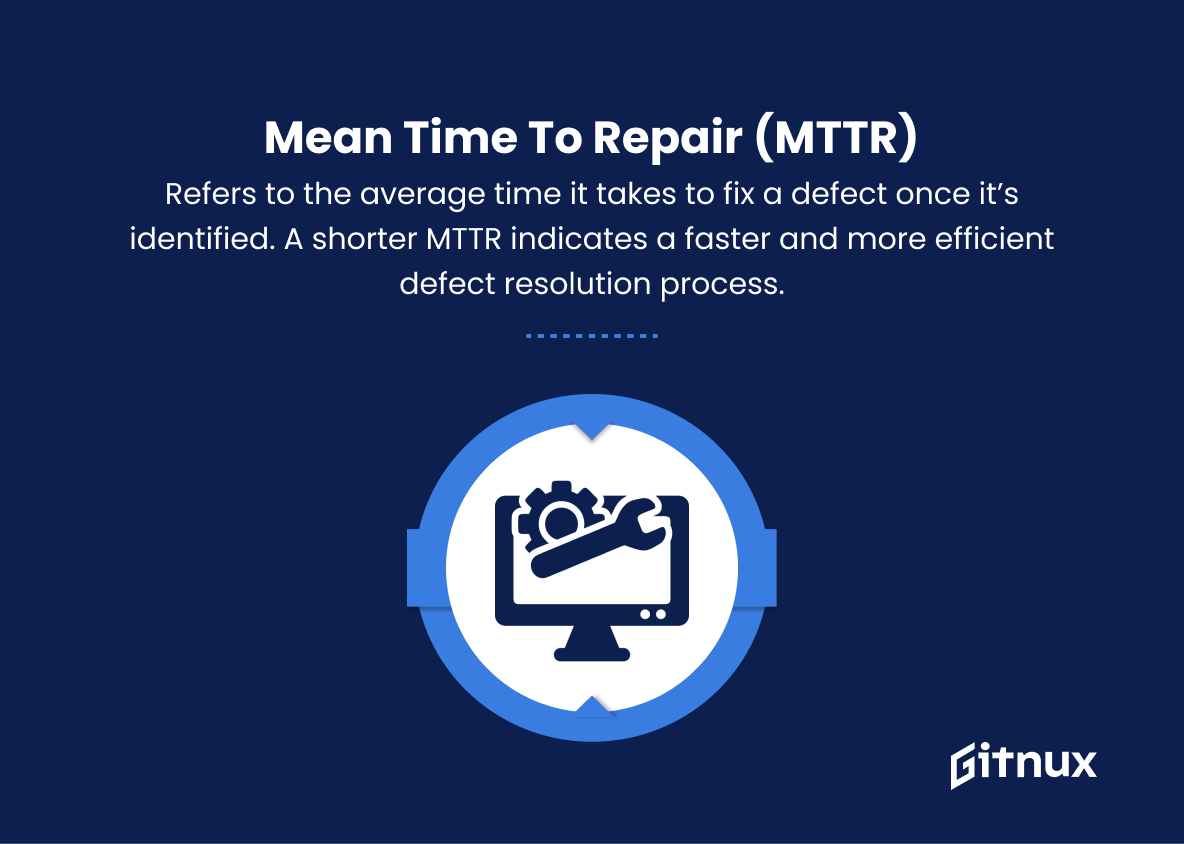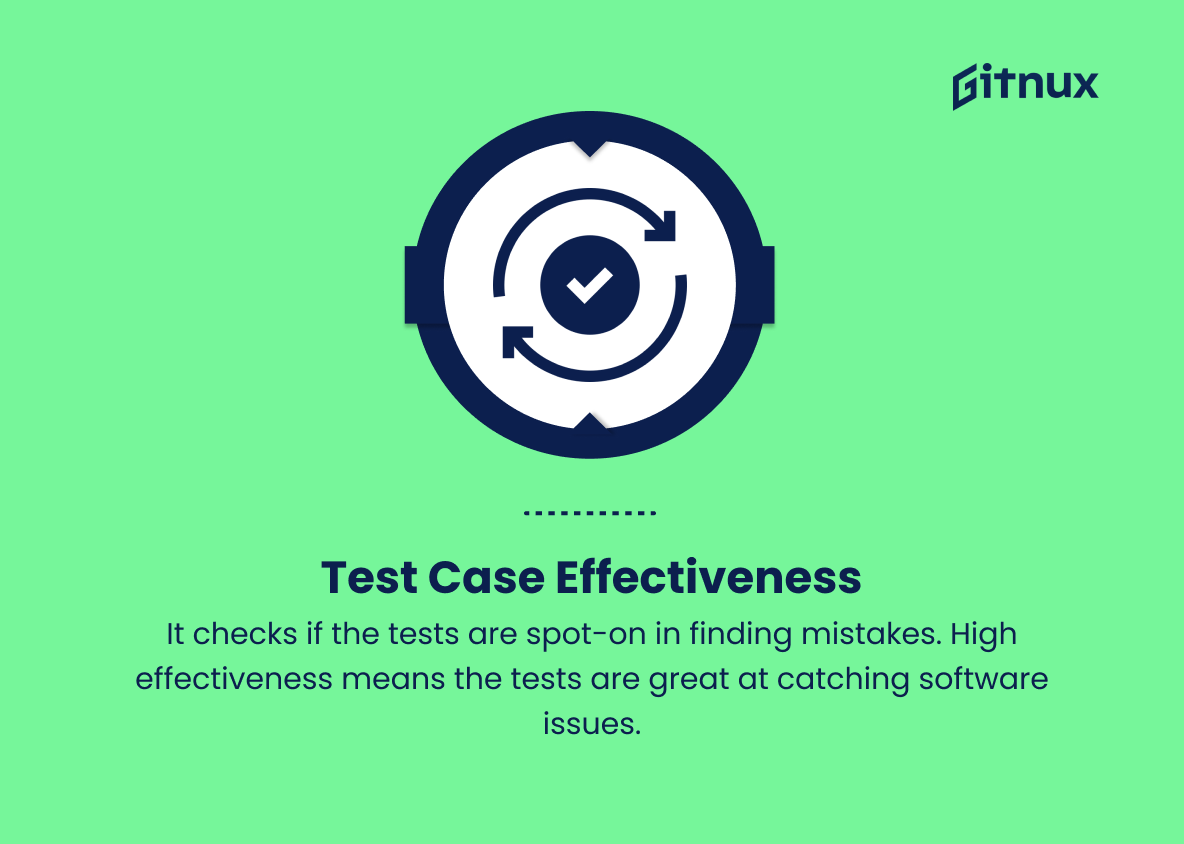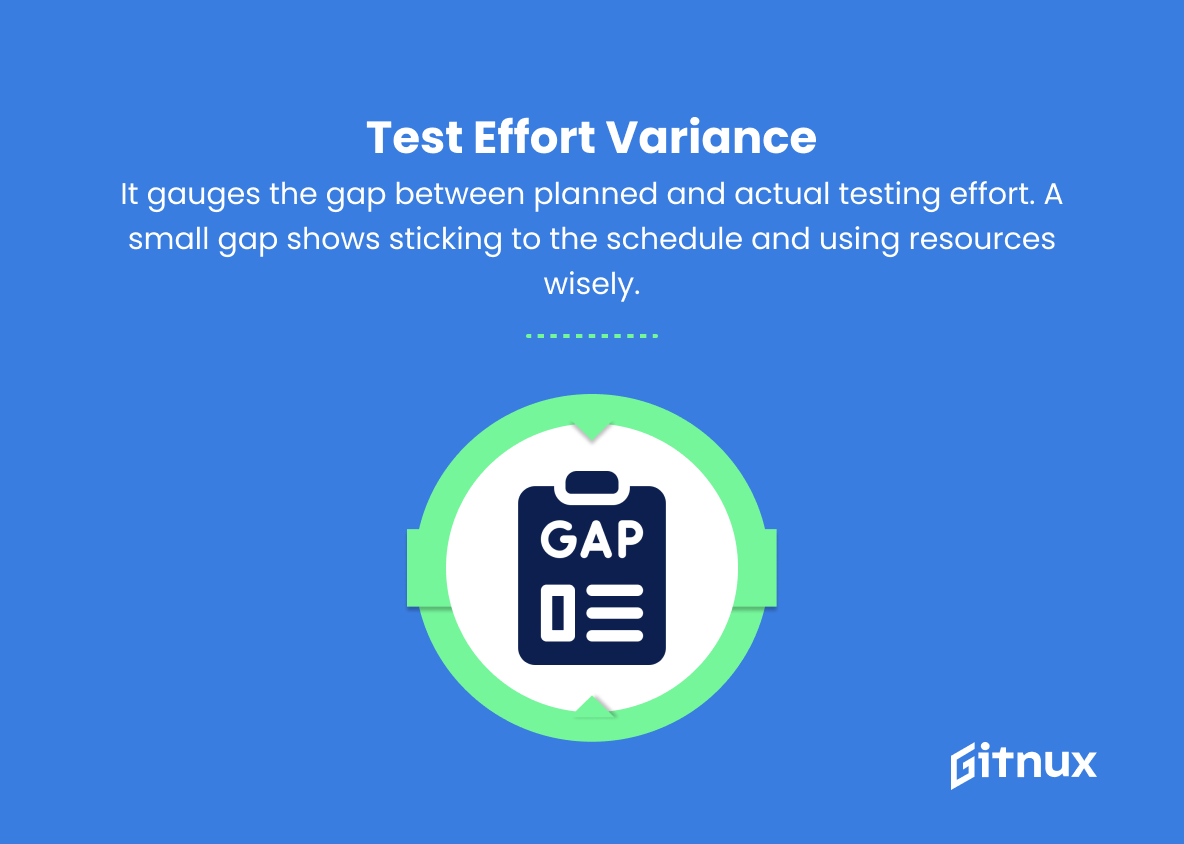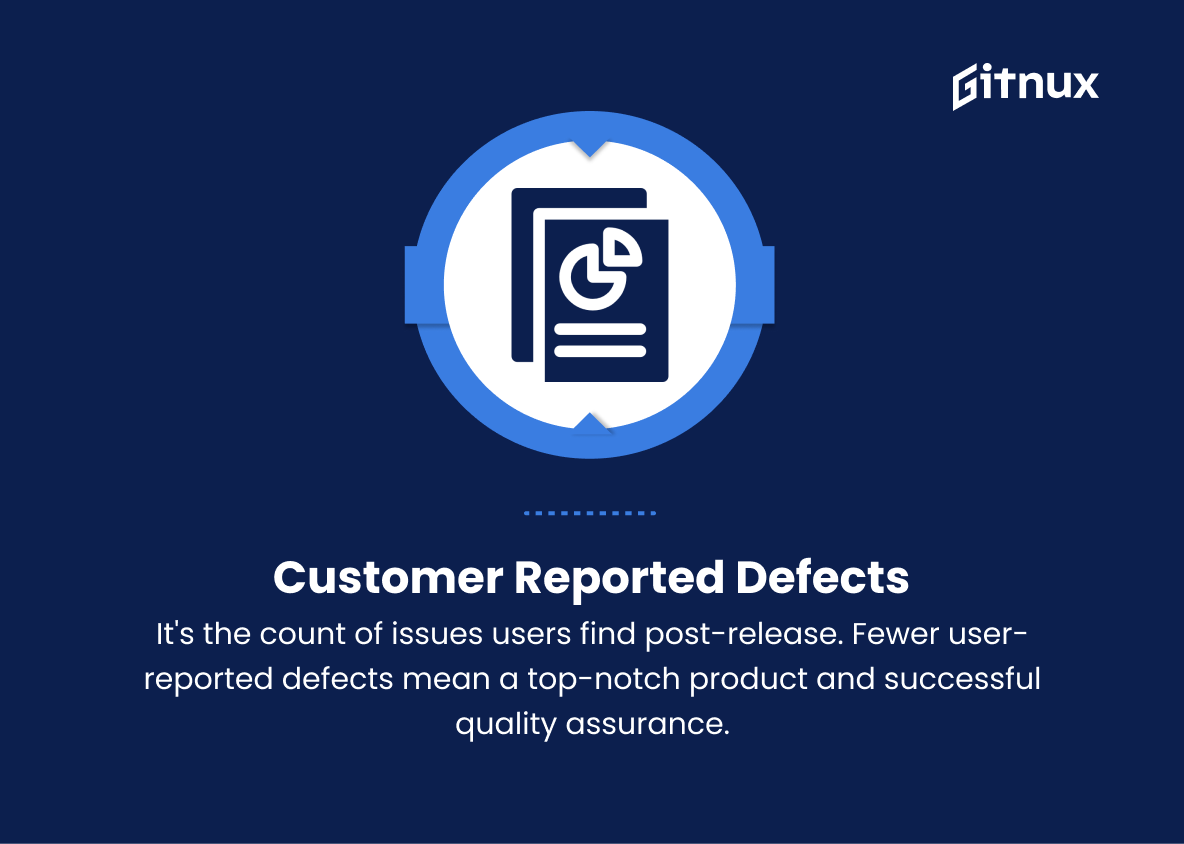In today’s highly competitive business landscape, organizations are constantly striving to deliver products and services that meet and surpass customer expectations. One crucial driver of success in this endeavor is the effective implementation and tracking of Quality Assurance (QA) processes. By consistently monitoring key performance indicators (KPIs), businesses can optimize their quality assurance practices and enhance the overall performance of their offerings.
In this comprehensive blog post, we will take an in-depth look at the most crucial QA KPIs, how to accurately measure them, and ways to leverage this information in elevating your organization’s QA strategies for maximum customer satisfaction and profitability.
Quality Assurance KPIs You Should Know
1. Defect Density
It refers to the number of defects detected during the testing phase of software development, relative to its size. A lower defect density indicates a higher quality product.
2. Test Case Execution Rate
This KPI measures the efficiency of the testing process, specifically the percentage of test cases executed in a given time period. Higher test case execution rates generally indicate better test planning and allocation of resources.
3. Test Case Pass Rate
The percentage of test cases that pass during a testing cycle. A high pass rate indicates that the software product meets its requirements and is of good quality.
One crucial driver of success in this endeavor is the effective implementation and tracking of Quality Assurance (QA) processes.4. Requirements Coverage
This KPI measures the extent to which the software product’s requirements are represented in test cases. High requirements coverage ensures that all the necessary functionality is tested.
5. Defect Removal Efficiency (DRE)
A metric that calculates the percentage of defects found and fixed before a product is released. A high DRE represents effective defect identification and removal processes in place.
6. Defect Leakage
Refers to the percentage of defects that make it past the testing phase and into production. Lower defect leakage rates indicate a more effective quality assurance process.
7. Test Automation Coverage
This KPI measures the extent to which the test suite comprises automated test cases. High test automation coverage indicates a more efficient testing process and reduced manual effort.
8. Code Review Coverage
The percentage of code that is reviewed during the development process for errors and coding standards compliance. A higher code review coverage means more thorough quality control during development.
In today’s highly competitive business landscape, organizations are constantly striving to deliver products and services that meet and surpass customer expectations.9. Mean Time To Detect (MTTD)
Measures the average time it takes to identify a defect during the testing phase. A shorter MTTD indicates a more efficient defect detection process.
10. Mean Time To Repair (MTTR)
Refers to the average time it takes to fix a defect once it’s identified. A shorter MTTR indicates a faster and more efficient defect resolution process.
11. Test Case Effectiveness
This KPI evaluates the accuracy and relevance of the test cases in detecting defects. High test case effectiveness ensures that the test suite is suitable for identifying issues in the software product.
12. Test Effort Variance
Measures the difference between the planned and actual effort expended in testing a software product. Low test effort variance indicates adherence to the testing schedule and effective resource allocation.
13. Customer Reported Defects
The number of defects reported by end-users after a product is released. A lower number of customer-reported defects signifies a higher-quality product and successful quality assurance efforts.
Quality Assurance KPIs Explained
Quality Assurance KPIs are essential for ensuring that the software products and services delivered by an organization meet the desired level of quality and performance. Defect Density, Test Case Execution Rate, Test Case Pass Rate, Requirements Coverage, Defect Removal Efficiency, Defect Leakage, Test Automation Coverage, Code Review Coverage, Mean Time To Detect, Mean Time To Repair, Test Case Effectiveness, Test Effort Variance, and Customer Reported Defects are all critical KPIs that each provide valuable insights into different aspects of the software product’s quality.
These KPIs enable organizations to identify areas for improvement, optimize resource allocation, and streamline testing processes. Ultimately, these metrics contribute to the overall goal of reducing customer-reported defects and ensuring a high-quality, reliable product for end-users.
Conclusion
In conclusion, Quality Assurance KPIs are the backbone for evaluating and enhancing the performance of your QA processes. Implementing the right set of KPIs not only ensures the highest level of product quality but also drives continuous improvement within the organization.
By closely monitoring these metrics, businesses can identify potential bottlenecks, make informed decisions, and establish a culture of excellence that leads to customer satisfaction and sustained success. Remember, consistently measuring, analyzing, and refining your KPIs is imperative for maintaining a robust and effective quality assurance ecosystem.
